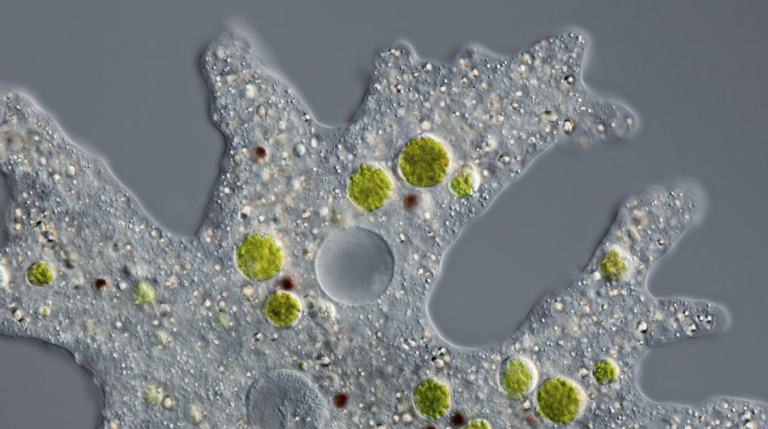Aflatoxins are potent carcinogenic substances produced by certain molds, specifically Aspergillus flavus and Aspergillus parasiticus. These toxins present serious health risks to both humans and animals and are a significant concern in agriculture and food safety. This article provides an in-depth analysis of aflatoxins, their origins, effects, and preventive measures.
Origin of Aflatoxins
Aflatoxins were first discovered in the 1960s following the death of more than 100,000 turkeys in England, an event known as the “Turkey X disease” (1). The primary producers of aflatoxins, Aspergillus flavus and Aspergillus parasiticus, are fungi that thrive in warm and humid environments, contaminating crops like corn, peanuts, cottonseed, and tree nuts (2).
Types of Aflatoxins
There are four principal types of aflatoxins: B1, B2, G1, and G2. Aflatoxin B1 is the most common and most toxic type, posing a significant carcinogenic risk to humans and animals (3).
Health Impacts of Aflatoxins
Aflatoxins can lead to both acute and chronic health effects. Acute aflatoxicosis can result in severe illness or death, with symptoms including vomiting, abdominal pain, pulmonary edema, convulsions, coma, and death (4). Chronic exposure to aflatoxins can lead to liver disease and cancer, particularly hepatocellular carcinoma. Aflatoxins are also immunosuppressive, reducing resistance to infectious diseases (5).
Aflatoxins and Carcinogenicity
Aflatoxin B1 is classified as a Group 1 carcinogen by the International Agency for Research on Cancer (6). It can damage DNA and cause mutations, leading to the development of cancer cells. Studies have shown a strong correlation between aflatoxin exposure and an increased risk of liver cancer in humans (7).
Detection and Control of Aflatoxins
Detecting aflatoxins in food products is crucial for ensuring food safety. Various methods have been developed for aflatoxin detection, including thin-layer chromatography, high-performance liquid chromatography, and immunoassays (8).
Preventing aflatoxin contamination involves implementing good agricultural practices, such as crop rotation and proper storage conditions. Biological control methods, using non-toxigenic strains of Aspergillus flavus, have also shown promise (9).
Conclusion
Aflatoxins pose a significant health risk worldwide, particularly in developing countries where food storage and agricultural practices may not effectively prevent fungal contamination. Continued research and effective regulation are essential to mitigate the impacts of these potent toxins.
References
1. Blount, W.P. (1961) ‘Turkey “X” disease’. Turkeys, 9, pp. 52, 55–58, 61, 77.
2. Richard, J.L. (2007) ‘Some major mycotoxins and their mycotoxicoses—An overview’. International Journal of Food Microbiology, 119(1-2), pp. 3-10.
3. IARC (1993) ‘Some Naturally Occurring Substances: Food Items and Constituents, Heterocyclic Aromatic Amines and Mycotoxins. IARC Monographs on the Evaluation of Carcinogenic Risks to Humans’, 56, pp. 245-395.
4. Probst, C., Njapau, H., Cotty, P.J. (2007) ‘Outbreak of an acute aflatoxicosis in Kenya in 2004: Identification of the causal agent’. Applied and Environmental Microbiology, 73(8), pp. 2762-2764.
5. Williams, J.H., Phillips, T.D., Jolly, P.E., Stiles, J.K., Jolly, C.M., Aggarwal, D. (2004) ‘Human aflatoxicosis in developing countries: a review of toxicology, exposure, potential health consequences, and interventions’. American Journal of Clinical Nutrition, 80(5), pp. 1106-1122.
6. IARC (2002) ‘Some Traditional Herbal Medicines, Some Mycotoxins, Naphthalene and Styrene. IARC Monographs on the Evaluation of Carcinogenic Risks to Humans’, 82, pp. 171-300.
7. Liu, Y., Wu, F. (2010) ‘Global burden of aflatoxin-induced hepatocellular carcinoma: a risk assessment’. Environmental Health Perspectives, 118(6), pp. 818-824.
8. Turner, N.W., Subrahmanyam, S., Piletsky, S.A. (2009) ‘Analytical methods for determination of mycotoxins: A review’. Analytica Chimica Acta, 632(2), pp. 168-180.
9. Dorner, J.W. (2004) ‘Biological control of aflatoxin contamination of crops’. Journal of Toxicology, 23(2-3), pp. 425-450.



